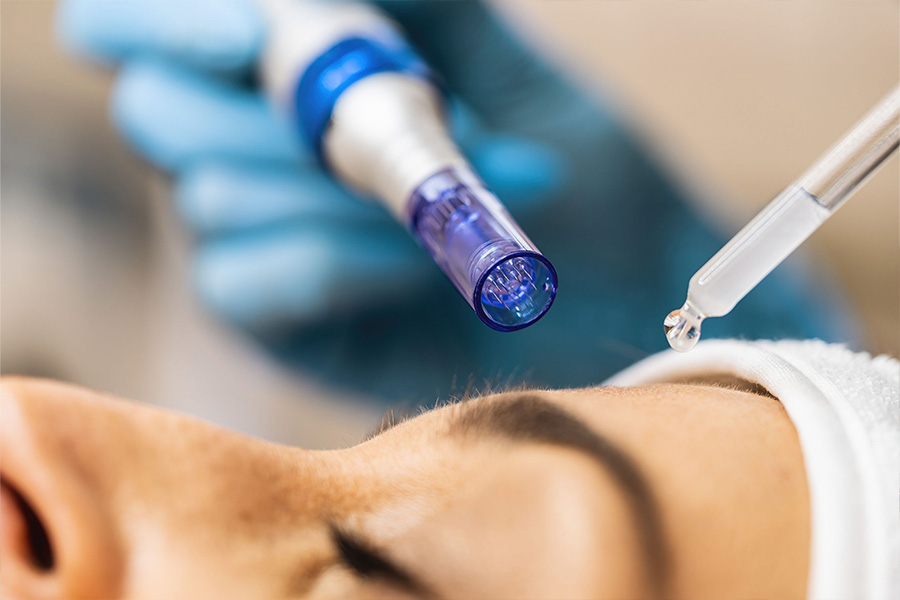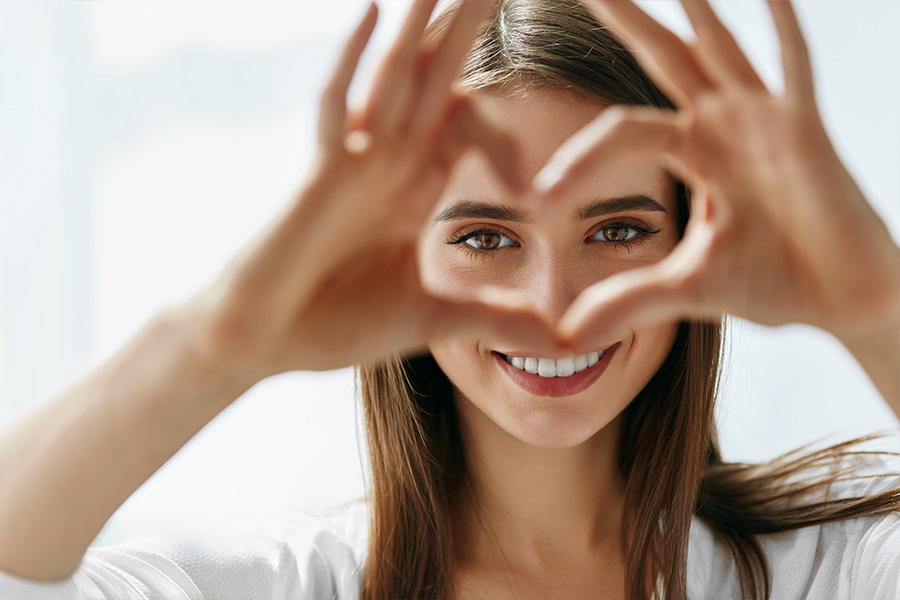- 100 S Ellsworth Ave #806 San Mateo, CA 94401
- (650) 401.6060
- info@luminaksin.com
SUNSCREEN- How to select the Best!
7 Surprising Uses for Botox recently featured in NewBeauty magazine!
September 5, 2013CHEMICAL PEELS- Reveal your beautiful skin
September 5, 2013Dermatologists caution: Look at more than SPF American Academy of Dermatology, SkinCancerNet Spotlight Article
4-Point Checklist
- SPF of 15 or greater
Short for “Sun Protection Factor”, the SPF tells you how well a product blocks ultraviolet (UV) rays, also known as the rays that cause sunburn.
An SPF of 15 screens 93% of the UVB rays and an SPF of 30 screens 97% of the UVB rays. While a sunscreen with a higher SPF can be beneficial for people with very fair complexions and those visiting a tropical or sun-intense region, even sunscreen with an extremely high SPF cannot screen out 100% of UVB rays.
SPF does not equal how many hours one can stay in the sun without burning.
To protect your skin, sunscreen must be reapplied approximately every 2 hours even on cloudy days – and after swimming, sweating, or toweling off. - Broad-spectrum protection
Since SPF only indicates UVB protection, the American Academy of Dermatology recommends broad-spectrum sunscreen. “Broad spectrum” means the sunscreen also offers protection from ultraviolet A (UVA) rays, which are the rays that age the skin. The label may say, “broad spectrum” or “UVA and UVB protection”.
UVA protection is extremely important. UVA rays penetrate the skin more deeply than UVB rays. Exposure to UVA can lead to wrinkles and other signs of aging. Both UVA and UVB rays can cause skin cancer. Be sure to purchase a sunscreen that offers broad-spectrum protection. - Water-resistant
All sunscreens wash, rub, or sweat off, so there really is no such thing as “waterproof” sunscreen. A sunscreen can be “water resistant.” This means the product stays on the skin longer if it gets wet. You will need to reapply water-resistant sunscreen, too. Be sure to reapply every two hours and after swimming, sweating, and toweling off. Each time you reapply the sunscreen, be sure to reapply generously. - Make sure you like the product
Dermatologists often say that the best sunscreen is the one that you will use. Whether you buy a lotion, spray, gel, wax stick, or cream, really is a matter of personal preference. Just make sure that you like it.
Other tips
- Buy a product for your lips. Skin cancer can develop on the lips, too – and be quite aggressive. The thought of applying the sunscreen that you just rubbed on the rest of your skin can be unappealing. Some sun-protection products are formulated specifically for the lips, and some lip balms offer sun protection. Be sure to select one that offers an SPF of at least 15 and broad-spectrum protection.
- Buy insect repellant separately. While a product that contains insect repellant and sunscreen may be convenient, dermatologists generally recommend buying sunscreen and insect repellant separately. Sunscreens should be applied liberally approximately every 2 hours, but insect repellant should be applied sparingly every 6 hours. Applying a product that contains insect repellant too often can increase the risk of toxicity. Waiting 6 hours to reapply sunscreen limits sun protection.
- Makeup with an SPF has limits. Makeup that offers an SPF of 15 or greater and broad-spectrum coverage is ideal for incidental sun exposure (exposure you get every day without thinking about it, such as walking to and from your car).
If you expect to be in the sun for longer than 10 to 15 minutes, dermatologists generally recommend applying sunscreen under your makeup – even if the makeup has an SPF. The sunscreen should offer an SPF of 15 or greater, UVA and UVB protection, and water resistance. And, yes, the sunscreen should be reapplied approximately every 2 hours and after sweating, swimming, or toweling off. Sunscreen tends to break down over time and rub off with normal wear.




